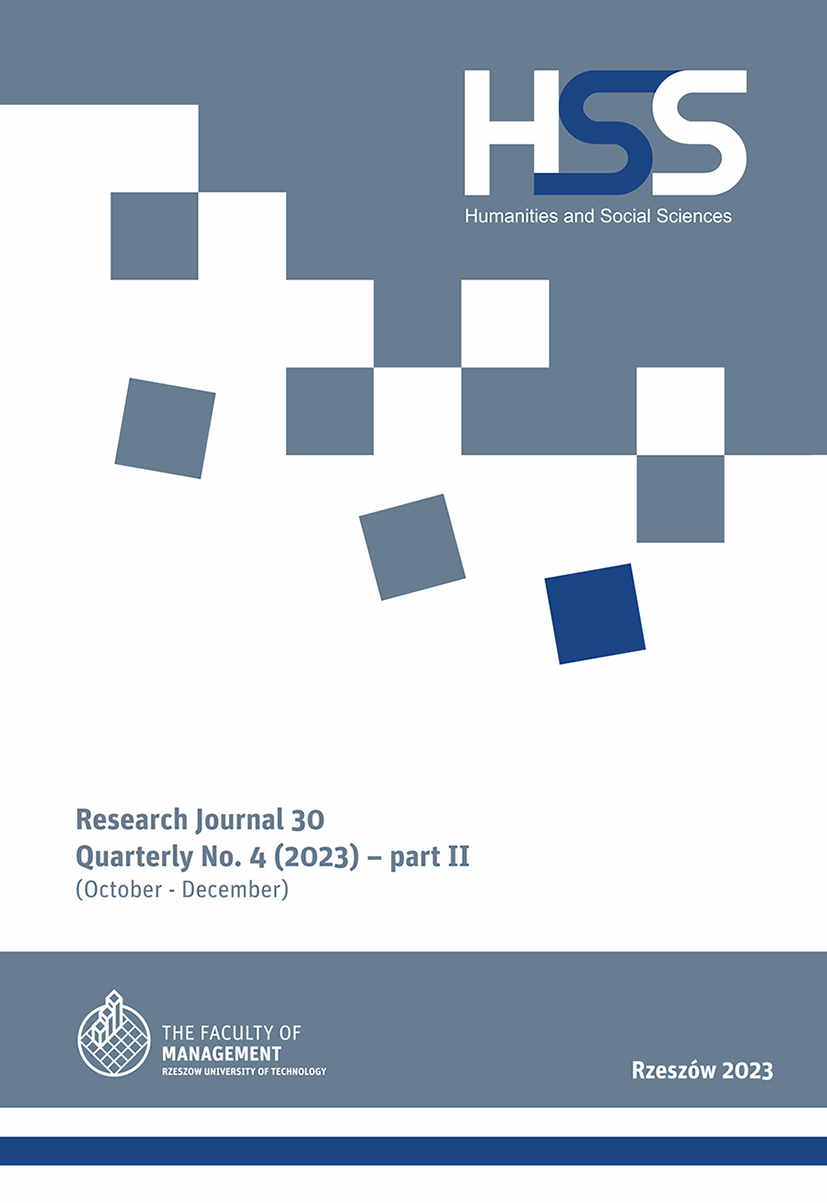Abstract
There is a common belief that social systems are sensitive to any disruptions due to the fit of the individual elements of the social mechanism. That is why bureaucracy was created, as an organizational step towards rationality and efficiency on a large scale. The conditions for getting rich were created by capitalism, but there was a need to structure and establish rules for the functioning of society coupled with the free market. Bureaucratic organizations develop mainly where there is social differentiation, and appropriate resources are mobilized to solve problems, reaching various groups and spheres of life. It might seem that it is impossible to fight bureaucracy, but after joining the European Union, it began to develop and grow. The so-called statistical taxpayer does not understand that he is the main payer of taxes and contributions for bureaucratic extravagances. However, bureaucracy, contrary to widespread criticism about its inadequacy in the face of complex reality, is changing under the influence of modern concepts of public management. The aim of this article is to show the connections between bureaucracy and corruption, and the thoughts of libertarians on this administrative phenomenon.
References
Acton, L. (1995). Bureaucracy by Richard Simpson, Indianopolis 1988. Published [In:] Śpiewak, P. (wybór tekstów), Lord Acton, Historia wolności. Kraków. Seria Ośrodka Myśli Politycznej: Biurokracja Richarda Simsona. Historia wolności.
Czepil, B. (2014). Korupcja a rozwój. Analiza funkcjonalnych aspektów korupcji. „Prakseologia”, No. 155.
Grosse, T.G. (2000). Działania antykorupcyjne w państwach członkowskich OECD. Florencja.
Hausner, J. (2007). Polityka a polityka publiczna, „Zarządzanie Publiczne”, No. 1. Warszawa.
Hellman, J.S., Jones, G., Kaufmann, D. (2003). Seize the State, Seize the Day: State Capture, Corruption, and Influence in Transition. „Journal of Comparative Economics”, Vol. 31.
Hidenheimer, A.J. (1989). Perspectives on the Perception of Corruption [In:] Heidenheimer, A.J., Johnston, M., Le Vine, V.T., eds., Political Corruption. New Brunswick.
http://mises.pl/wp-content/uploads/2012/12/Pettegrew-Vance-siedem-zasad-biurokracji.pdf [Access: 15.02.2013].
http://siteresources.worldbank.org/INTWBIGOVANTCOR/Resources/ grease.pdf [Access: 12.07.2011].
http://tomaszcukiernik.pl/artykuly/teksty-o-unii-europejskiej/krytyka-dotacji-z-ue/ [Access: 21.01.2015].
http://www.transparency.pl [Access: 15.06.2023].
Inglot-Brzęk, E. (2009). Zmiana w organizacji biurokratycznej. „Nierówności Społeczne a Wzrost Gospodarczy”. Uwarunkowania instytucjonalne, z. 15, Rzeszów.
Klitgaard, R., (2000). Combating Corruption and Promoting Ethics in the Public Service (OECD www.oecd.org 2000).
Kojder, A. (2001). W aurze korupcji. „Rzeczpospolita” z dnia 19 lipca.
Kunicova, J., (2002). When Are Oppositions Lips Sealed? Comparative Political Corruption in Democracies. Mimeo.
Mapa korupcji w Polsce (2011). Stan korupcji w Polsce w 2010 r. Centralne Biuro Antykorupcyjne. Warszawa.
Mauro, P. (2005). Corruption and growth [In:] Mishra, A., ed., The Economics of corruption. Oxford.
Myrdal, G. (2005). Corruption: Its causes and effects [In:] Mishra, A., ed., Economics of corruption. Oxford.
Paldam, M. (2002). The Big Pattern of Corruption. Economics, Culture and the Seesaw Dynamics. „European Journal of Political Economy”, Vol. 18.
Sandholtz, W., Koetzle, W. (2000). Accounting for Corruption: Economic Structure, Democracy, and Trade. „Industrial Studies Quarterly”, Vol. 44.
Szczerski, K. (2004). Porządki biurokratyczne. Kraków.
Von Mises, L. (1998). Biurokracja. Lublin.
Wnuk-Lipiński, E. (2000). Kac po wygranej rewolucji [In:] Śpiewak, P., ed., Spór o Polskę 1989–1999. Warszawa.
Wojciechowski, M. (2001). Wiara – Cywilizacja – polityka. Rzeszów–Rybnik.
Zieliński M., Pawelczyk G. (2003). Biurotwór złośliwy. „Wprost”, Nr 10.


